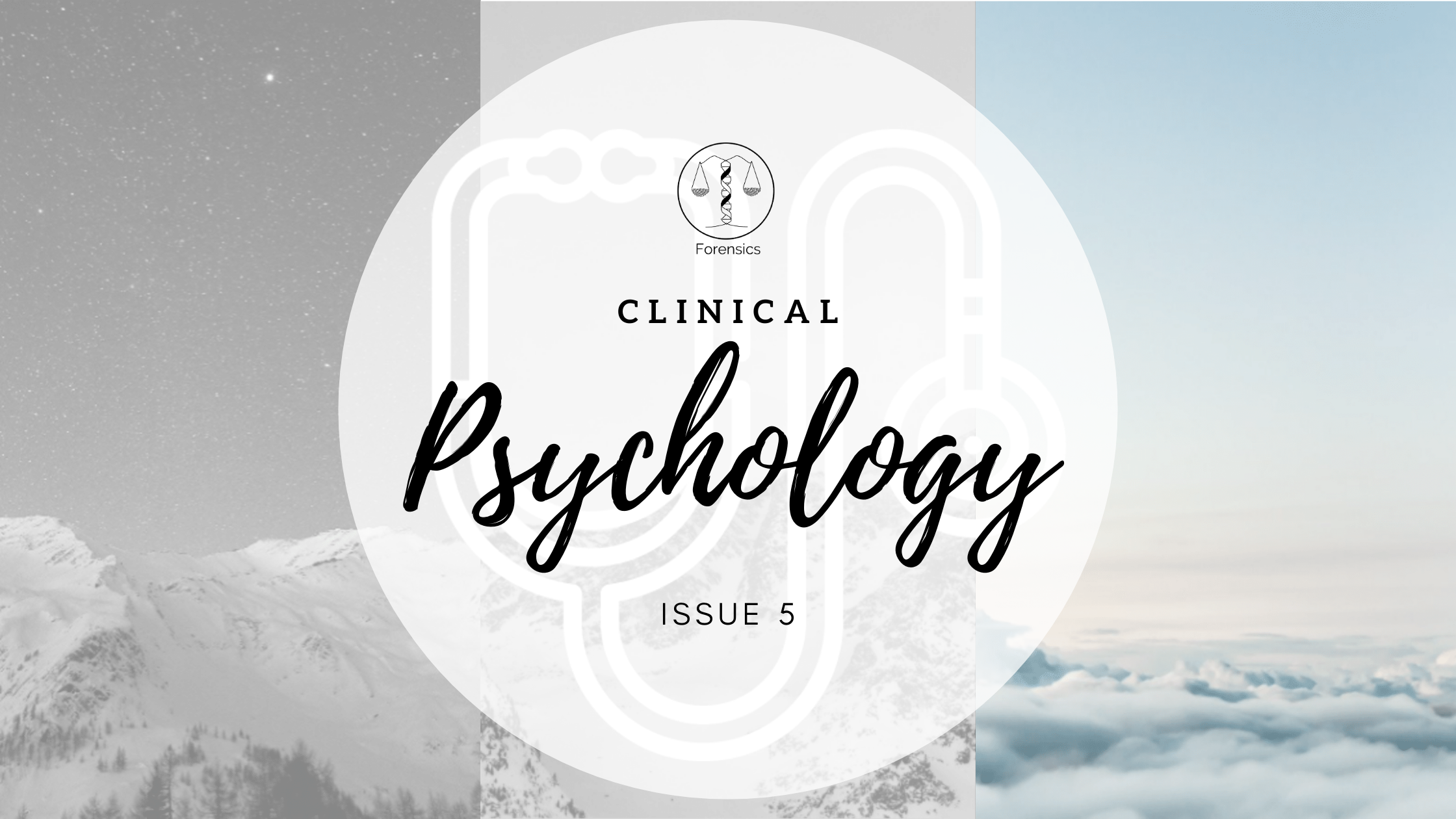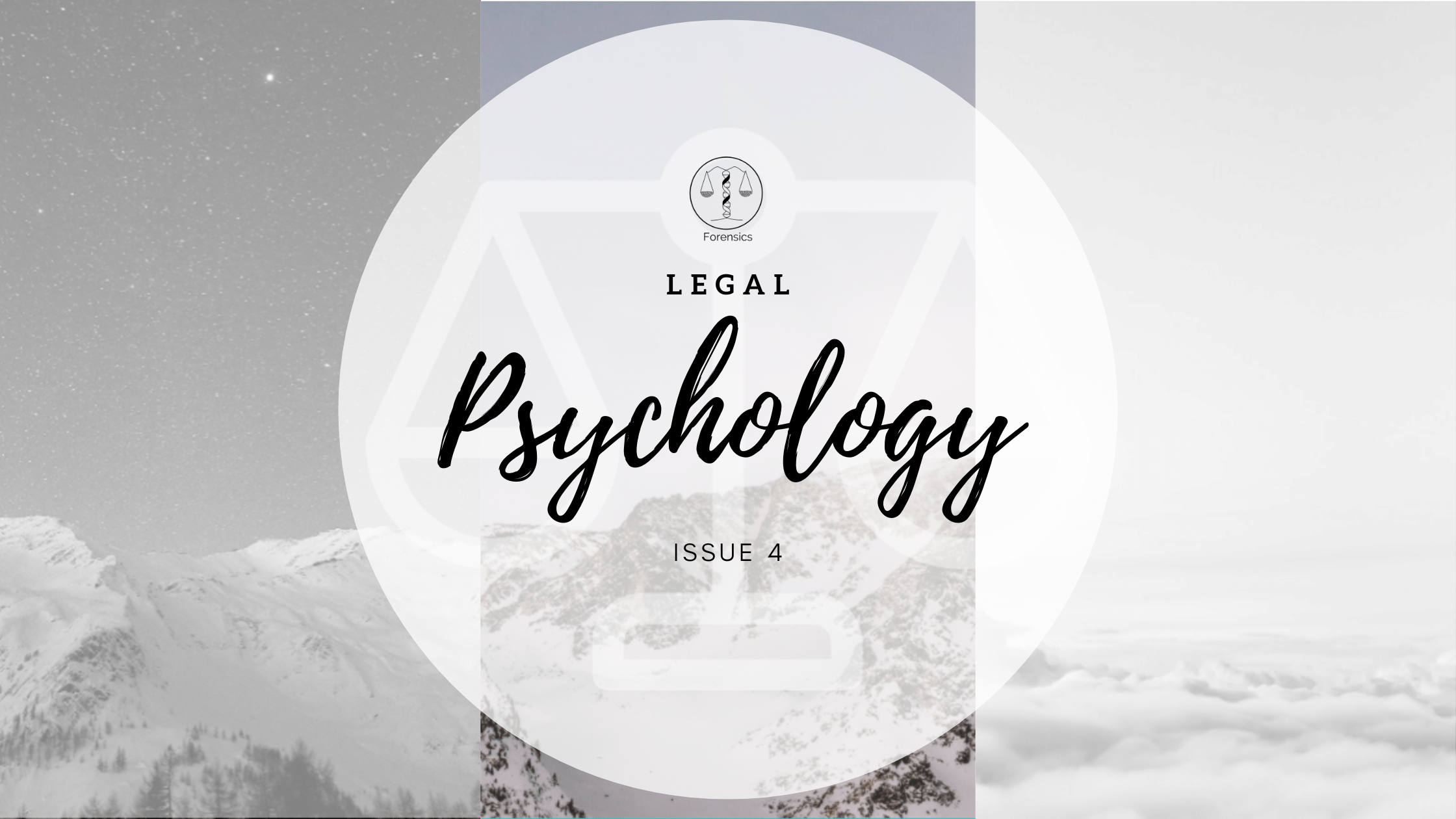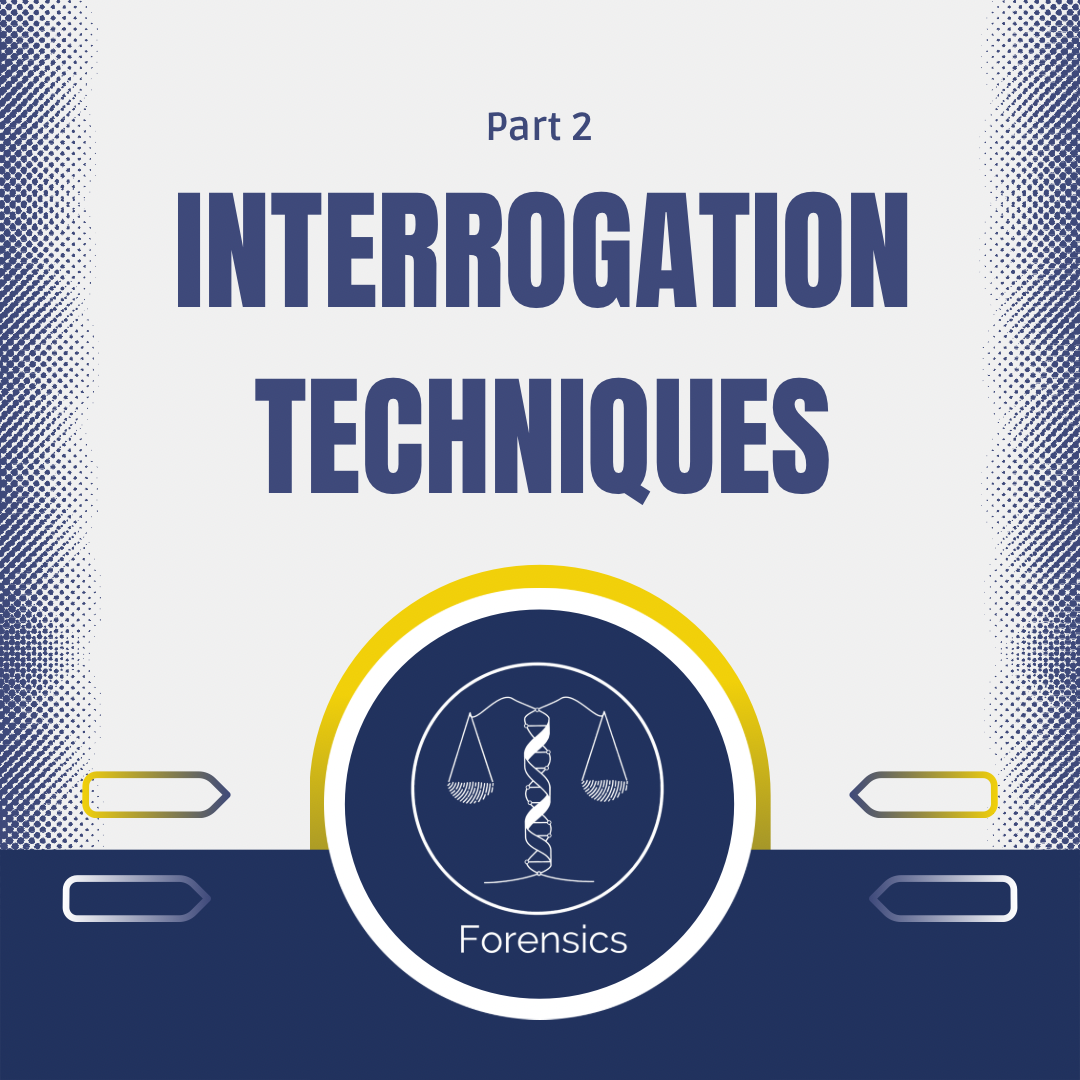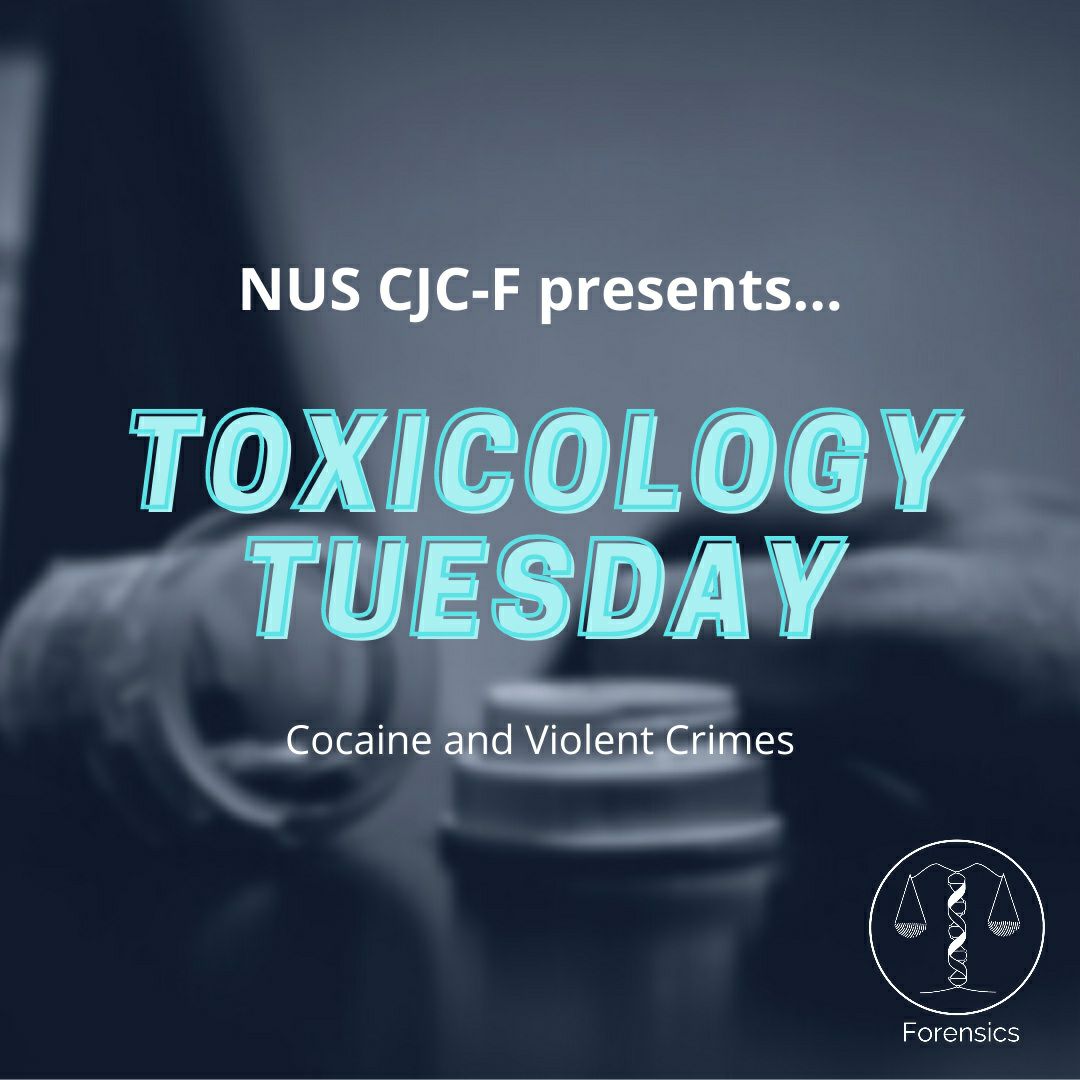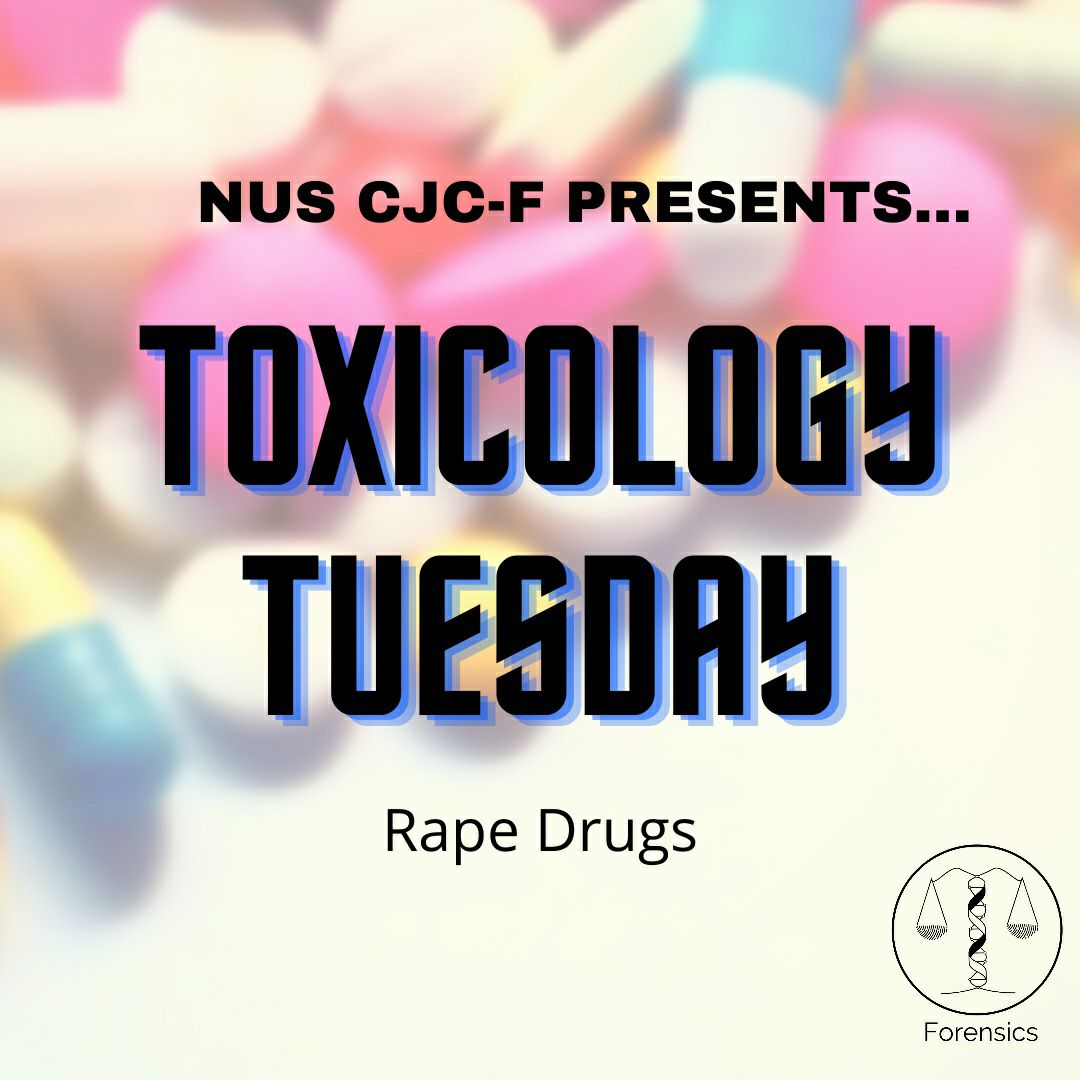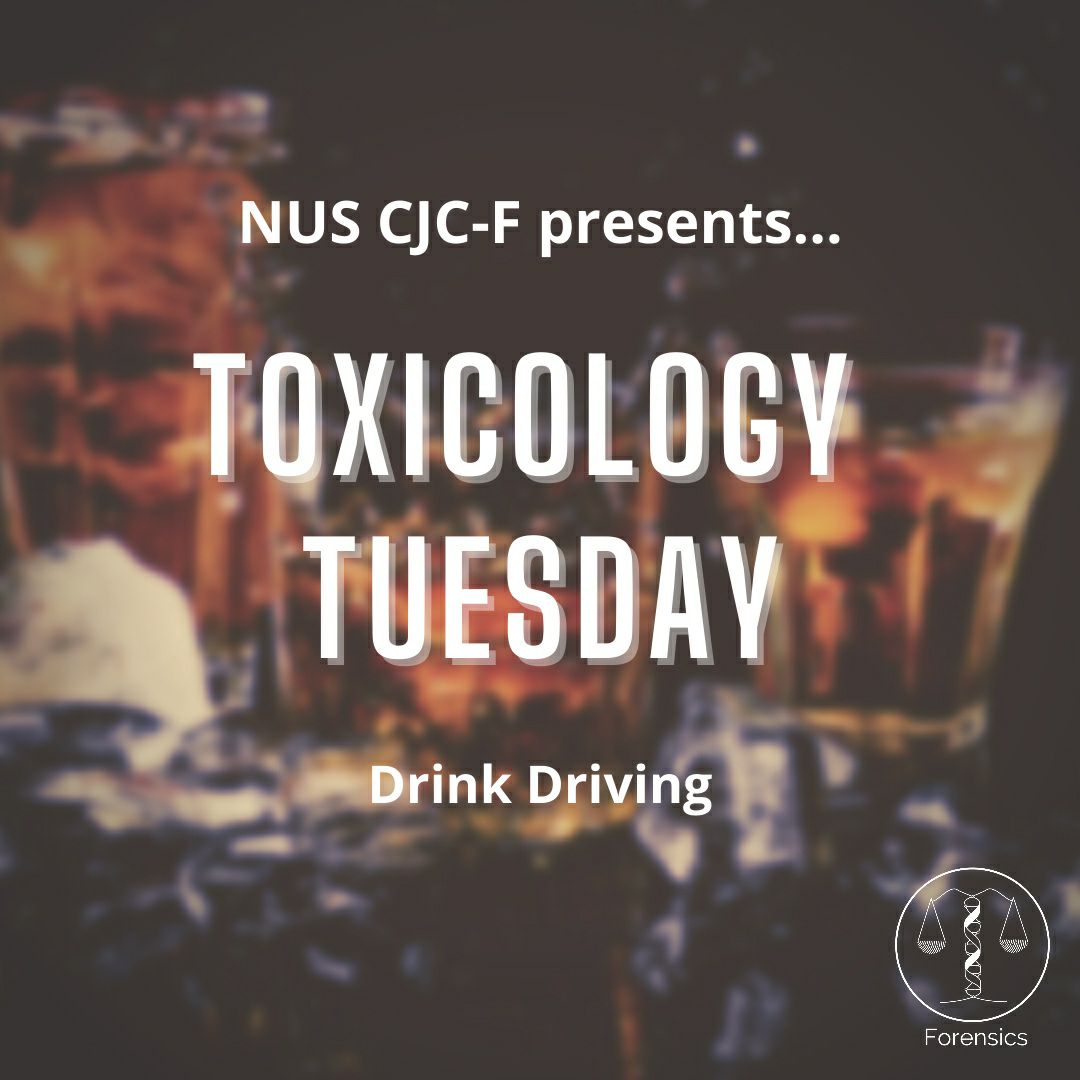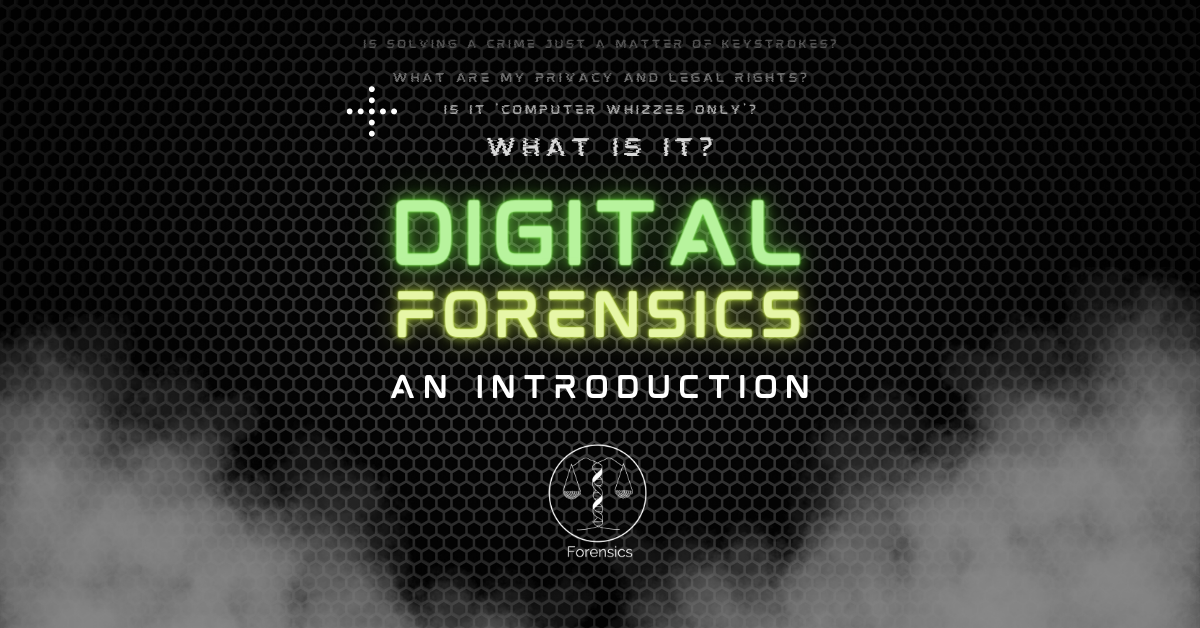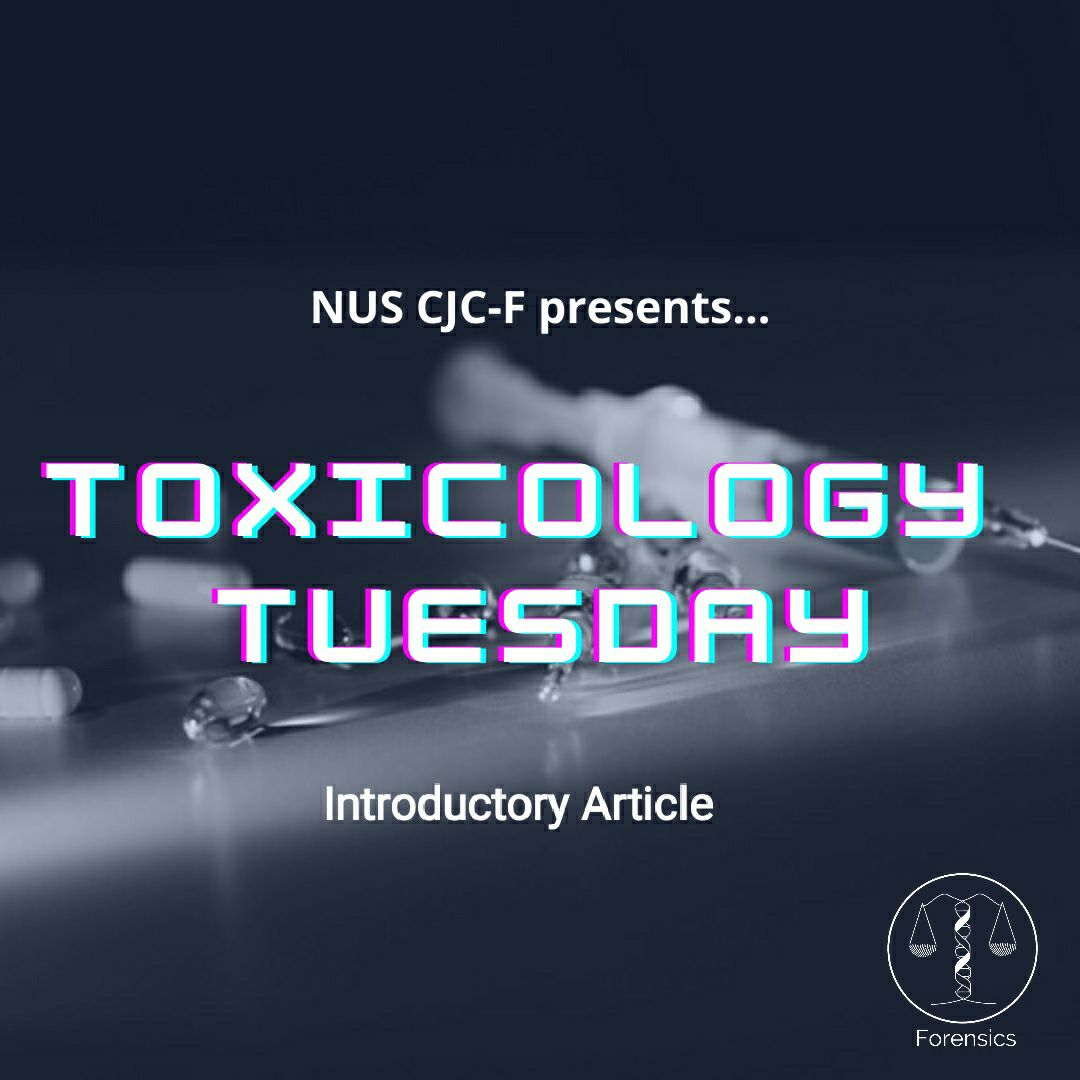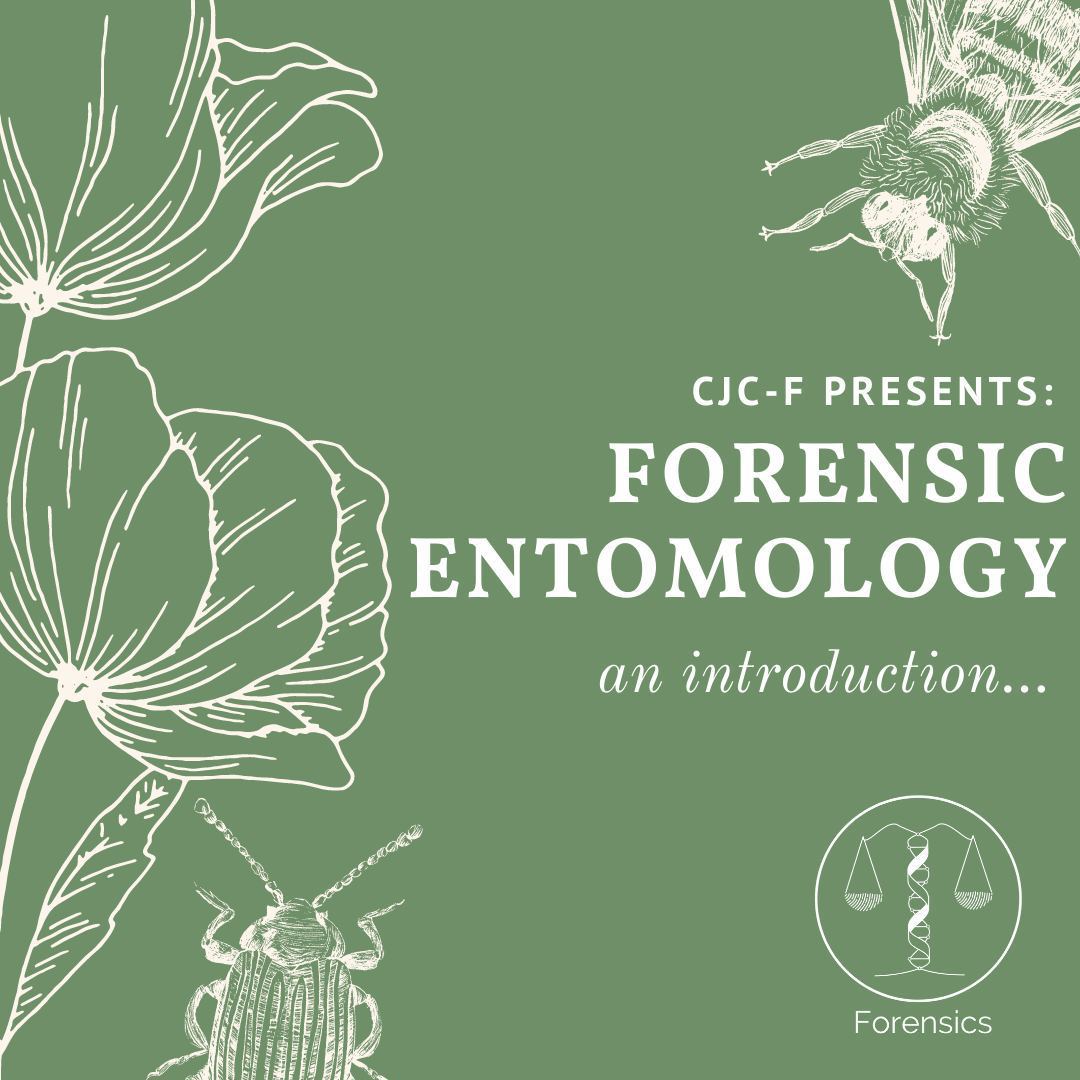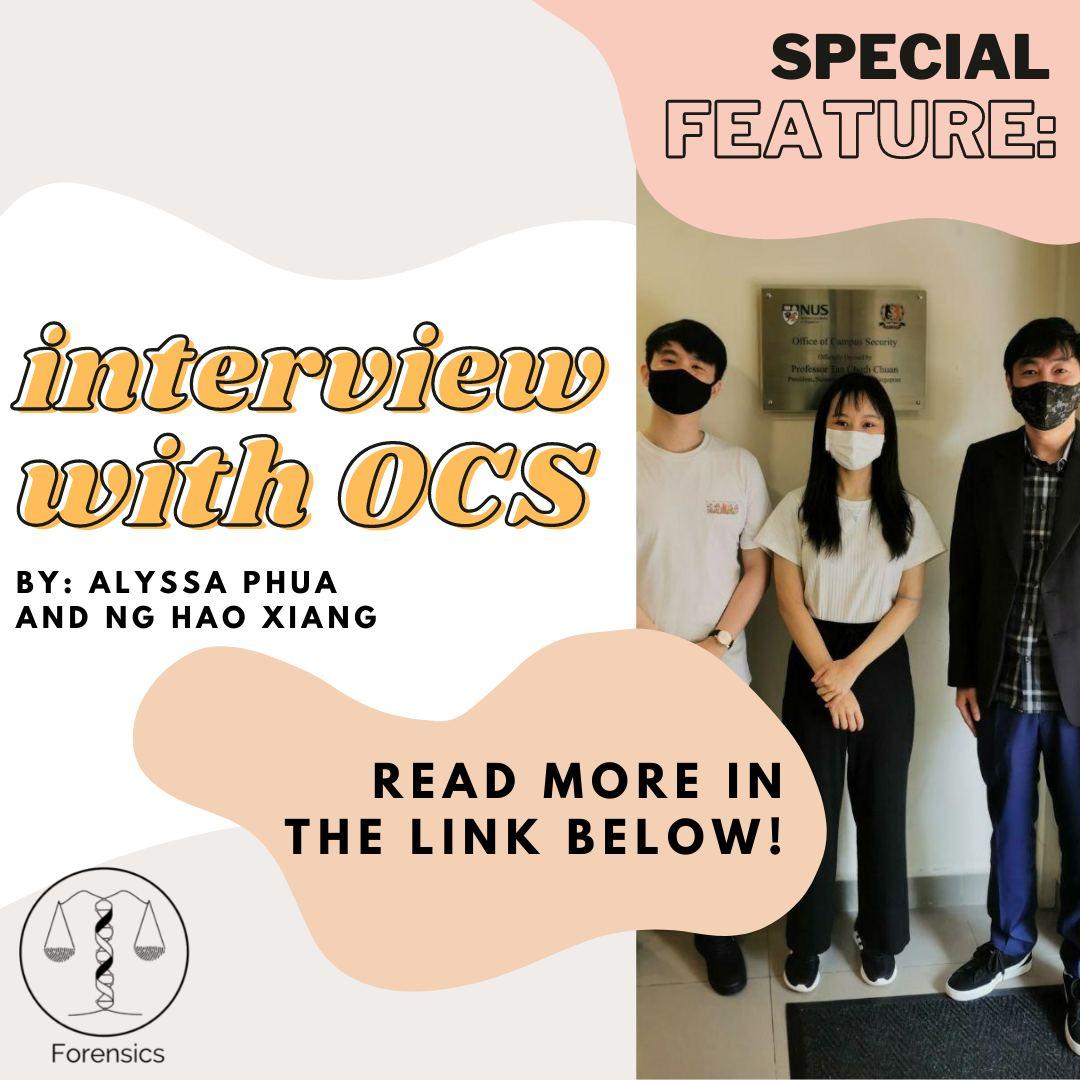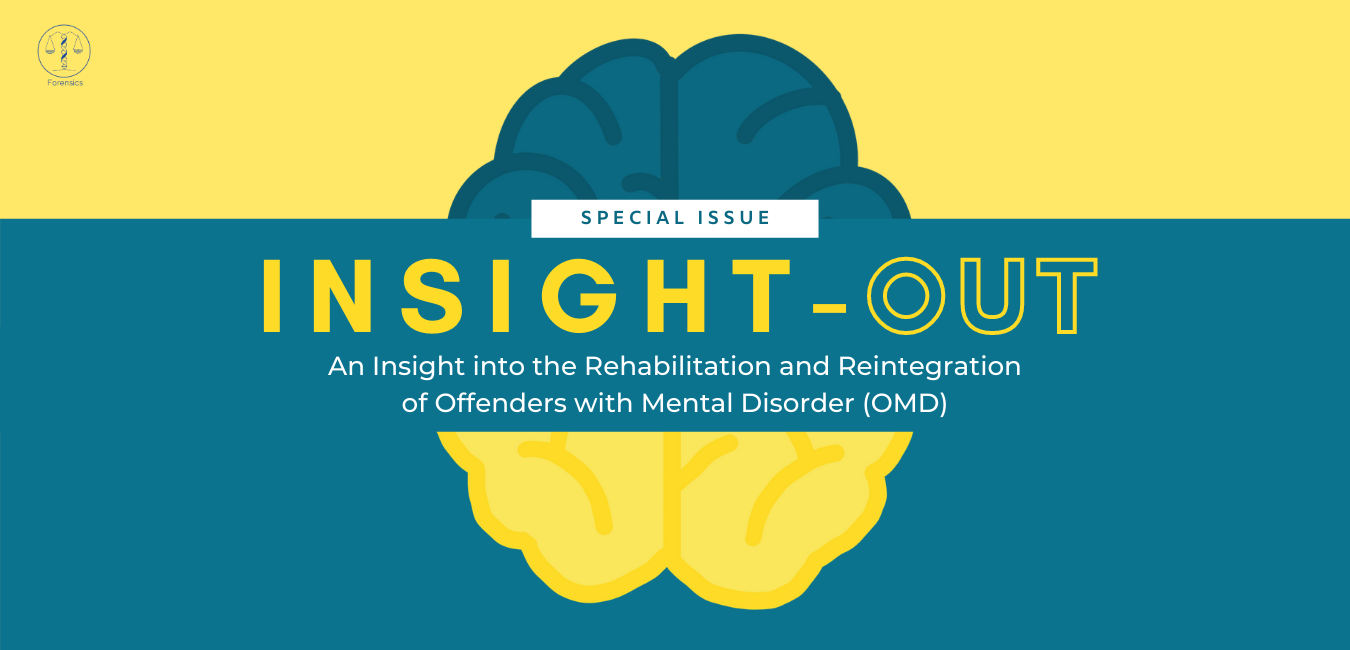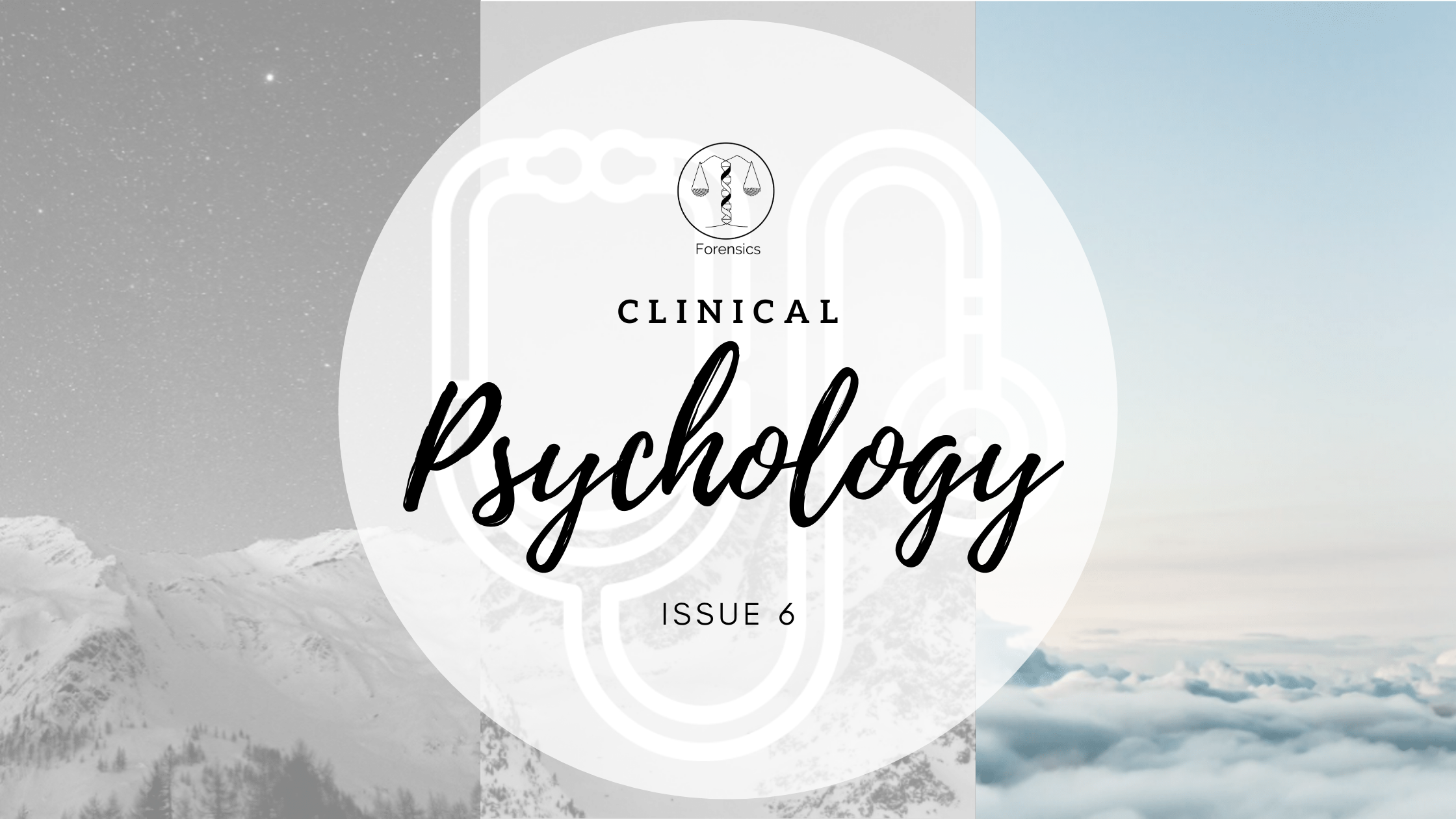A money mule is a person who receives and transfers money, often of criminal source1. They could be either stolen or fraudulently obtained. He or she will then be asked to deliver money to another person, either in cash or by electronic means. Most offenders are very much a victim of their own crime as National Crime Prevention Council (“NCPC”) noted in a press release that most of these offenders were conned into doing so. For instance, some individuals may have innocently trusted conmen they have befriended online while someSEE DETAILS
- Case Commentaries
- Legislative Developments
- Criminal Law Basics
- Interest Pieces
- Forensics
- Military Justice
CLD Case Commentaries
IntroductionOn 6 September 2018, the Supreme Court of India ruled in the case of Navtej Singh Johar & Ors. v Union of India thr. Secretary Ministry of Law and Justice[1] (“Navtej Singh Johar”) that the criminalisation of consensual sex among adults in private, including homosexual sex under Section 377 of the Indian Penal Code[2] (“IPC”) is unconstitutional. The reading down of S377 effectively decriminalises consensual homosexual sex in India.This historic repeal has sparked much discussion in Singapore over the fate of s 377A of the Penal Code,[3] particularly in the context of the ongoing 2018 Penal CodeSEE DETAILS <span class="more-link-hover-image"...
CLD Case Commentaries
IntroductionThe 2018 case of Public Prosecutor v ASR¹ (ASR) centred on an accused person who was primarily charged for 3 offences of aggravated rape and sexual assault by penetration². The accused person and the victim were both afflicted with mental disabilities and were 14³ and 16⁴ years old at the time of the offence respectively. There were two broad concerns raised in the High Court when Justice Woo Bih Li came to his decision. First, there were serious impediments in sentencing the accused due to the lack of sentencing options available to theSEE DETAILS
CLD Case Commentaries, TRI
1. IntroductionAs keenly recognised by the Singapore Court of Appeal (“SGCA”) in Kho Jabing v Public Prosecutor [2016] 3 SLR 135[1] (“Kho Jabing”), “Truth and finality are both vital, and their competing demands must be held in balance”. Indeed, where intuition should have it that criminal appeals heard by the highest court of the land are to be final, it is now a matter of fact that these concluded appeals may be reviewed, or informally termed “reopened”, if it serves the pursuit of truth. In this article, we will review theSEE DETAILS
CLD Case Commentaries, OTG
In light of the recent Penal Code reforms, s 300 on murder still remains virtually the same. However, over the years legal academics have raised riveting points as to how certain provisions of s 300, in particular s 300(c) and s 300(d), are in need of reform due to questions of unfairness and redundancy. This article will aim to shed some light on these arguments and hopefully give its readers a better understanding of potential inconsistencies in the Code.S 300(c): Is it fair?As per s 300(c), any voluntary act causingSEE DETAILS
CLD Case Commentaries, OTG
An ongoing spate of sexual or violent offences committed by university students have put Singapore’s judicial system under the spotlight. Uncharacteristically vocal in their displeasure with the criminal sentencing and judicial reasoning for these cases, the frequent invocation of the “bright” or “promising future” mitigation plea has left the community angered. Singapore’s criminal justice system has undergone an evolution of sorts. From our mandatory death penalty laws taking on a discretionary nature to amendments to the Misuse of Drugs Act emphasising the rehabilitation of recalcitrant offenders, we are seeing long-standing criminalSEE DETAILS ...
CLD Criminal Law Basics
IntroductionIn a scenario where one is entrusted with property during his work, he may become tempted to use the property for his own gain instead. This is especially true for people working in positions of power, such as a director of a company,¹ a lawyer managing funds for his client,² or a public servant entrusted with taxpayer’s money. This is the behaviour that the offence of Criminal Breach of Trust (CBT) targets. As stated in Lam Leng Hung,³ CBT targets the accused’s betrayal of trust after he has been entrustedSEE DETAILS
CLD Criminal Law Basics
Ms Monica Baey had sparked a national debate after bringing to light her experiences with sexual harassment on campus. She was a victim of voyeurism, where her harasser deliberately and wilfully intruded upon her privacy when he secretly filmed her while she was showering. Voyeurism, an act that has recently gained traction in the local discourse about sexual misconduct since the Monica Baey exposé, will now be punishable under section 377BB of the Penal Code.Key policy changes Changes to statutes To better combat offences relating to voyeurism, the new sectionSEE DETAILS
CLD Criminal Law Basics, CLD Forensics
IntroductionIn the now infamous SG Nasi Lemak case, it had been revealed that there were more than 44,000 members in its Telegram group at its peak, with numerous obscene (including upskirt) photos and videos being circulated in the group. Similarly, another Telegram group known as Sammyboy Forum was found to have around 25,000 members sharing voyeuristic content. Meanwhile, outside the realm of Telegram, there has been an increase in voyeuristic cases involving university students.But what exactly constitutes voyeurism? Briefly, voyeuristic crimes defined under section 377BB of the Singapore Penal CodeSEE DETAILS
CLD Criminal Law Basics
Contingency Fee Arrangements are payment arrangements, whereby the legal fees payable to a lawyer by a client is determined by the outcome of the case’s proceedings. Under these arrangements, it is possible for a lawyer to arrange to be paid an agreed percentage of the client’s recovery and is paid nothing if the action is unsuccessful. The high cost of legal proceedings often results in many people being unable to bring their cases to court, simply because they cannot afford to do so. Article 7 of the UN Declaration ofSEE DETAILS
CLD Criminal Law Basics
With reference to the Children and Young Person’s Act (CYPA), a juvenile is someone aged 7 or above and below 16 years old.Over the years, the number of juveniles arrested have decreased, according to statistics provided by Ministry of Home Affairs, updated as of 4 April 2017.[1] However, a Straits Times article has also reported that the police have found a soar in juvenile arrests for shop theft and possession of offensive weapons. [2]In fact, numerous cases of youth riots and their involvements in gang fights have surfaced as more teenagers turnSEE DETAILS
CLD Criminal Law Basics
We can be certain of one thing (and perhaps only this one in an increasingly uncertain world): there will, from now, always be business in cyber security – in fool-proofing the cloud, in blockchain technology, in coding, and everything else therein.Data theft is a problem of our time. Truthfully a misnomer, data theft indeed does not only refer to depriving owners of their data, but also refers to making unauthorized copies of private, copyrighted data. Data theft most commonly happens when employees mishandle or purposefully leak information, the latter asSEE DETAILS
CLD Criminal Law Basics
The Criminal Procedure Code (CPC) of Singapore is a part of Singapore’s legislation that details the procedure for the administration of criminal law in Singapore. Through a study of the CPC, one can better understand arrest procedures, as well as the rights possessed by arrested individuals.Types of OffencesThere are two types of offences in Singapore: arrestable and non-arrestable offences.An arrestable offence is one in which the police can legally arrest the offender without a warrant. However, for non-arrestable offences, the police are required to be in possession of a warrantSEE DETAILS <span class="more-link-hover...
CLD Criminal Law Basics
Justice is empowering.And for many a law student, coming to law school is as much about benefitting from its pronounced practical edge as it is about a commitment to high ideals. Many come to law school because they want in some capacity to help the elderly, children, victims of injustice – of our community and the world.Yet, “justice” is elusive in our legal profession today. When we talk about access to justice, we acknowledge that the playing field is unequal. The turf is titled to favour the rich.For families facingSEE DETAILS
CLD Criminal Law Basics
Should suicide be criminalised? Should we repeal s 377A of the Penal Code? Should adultery be criminalised? Should we permit euthanasia?When there is debate over these controversial, or not-so-controversial, issues in Parliament or among the public, the bottom line is—What is the basis for criminalisation? There are two main approaches to justify criminalisation—a liberal approach and a communitarian approach.Liberals are often described as viewing individuals as atomistic and autonomous[1]. From this perspective, individuals stand apart from one another, and each has supreme rule over his or her own life throughSEE DETAILS </spa...
CLD Criminal Law Basics
At the point when this article was written, less than two months into 2016, two cases of maid abuse[1] had already been reported in the local news. In one case, a 75-year-old retiree suffering from schizophrenia and depression was found by the court to have poured bleach and slapped a Foreign Domestic Worker (“FDW”). During the 10 months working for the accused, the FDW lost 10 kg and eventually suffered serious injuries from an attempt to escape her abusive employer by climbing out of the window of the condominium apartment sheSEE DETAILS
CLD Criminal Law Basics
IntroductionWith 200 million people travelling to and from Singapore each year, the sheer number of travellers suggests that immigration offences might be a major issue on our little red dot. To tackle the advent of immigration related offences, SPF (Singapore Police Force) and ICA (Immigration & Checkpoints Authority) work hand in hand under the persona of the ICC (Integrated Checkpoints Command), which consists of ICA, SPF, and CNB (Central Narcotics Bureau) officers. This collaboration operates at the first line of defence in Singapore at various entry points (or checkpoints) inSEE DETAILS
CLD Criminal Law Basics
An eye for an eye, and a tooth for a tooth- this philosophy is what the general public wished had been applied to the infamous case of Annie Ee.Annie Ee was an intellectually disabled waitress who was tortured relentlessly for months, resulting in her death. Prosecutors sought to charge her abusers with merely 14 and 15 years of jail respectively and the public outcry was instant- there was even an online petition for a harsher sentence that garnered over 39,000 signatures. However, the AGC remained steadfast in its stance thatSEE DETAILS
CLD Criminal Law Basics
IntroductionThe localisation of criminal justice discourse is inescapable. Understandably, crimes which occur in close proximity to us (one dare say in Yishun, perhaps) and which affect our kin conjures an unparalleled immediacy and urgency compared to crimes happening in, say, the Rakhine state of Myanmar. Naturally, the nuances of “criminal justice” and sentiments of the same are thus nurtured, developed and will continue to evolve almost in a silo—separate from the international order and specific to the legal, social and cultural peculiarities of our nation-state.This article attempts to discuss Singapore’sSEE DETAILS <span class="more-link-im...
CLD Criminal Law Basics
What is Cross-Examination?Cross-examination in the context of a legal trial in Commonwealth legal systems is the interrogation of a witness called by one’s opponent. It is preceded by direct examination, otherwise known as examination-in-chief, and may be followed by a re-examination. In the case of Singapore’s courts, the person conducting the cross-examination is allowed to go beyond the scope of direct examination, that is, to ask questions that do not pertain to the testimony offered during direct examination. In Singapore, the Evidence Act¹ provides for the examination and cross-examination ofSEE DETAILS
CJC-F, CJC-F Announcements, CLD Criminal Law Basics, CLD Forensics
What is DeceptionDeception is commonly defined as the “act of encouraging people to believe information that is not true.” This falsehood generally misleads, hides the truth or promotes a belief concept or idea that is incorrect. Deception is often carried out due to personal gain or advantage over others. Some common examples of deception can include: lying, by stating something known to be untrue with the intent to deceive, omission, by hiding the truth to deceive, or having statements that misrepresent facts and exaggeration of content. With all these avenuesSEE DETAILS
CLD Criminal Law Basics, OTG
Recently, the exercise of prosecutorial discretion has come to the fore in certain high-profile criminal cases. In the 2017 Annie Ee case, where an intellectually disabled woman was extensively tortured to death by her flatmates, the prosecutorial decision to charge the couple with voluntarily causing grievous hurt as opposed to murder or culpable homicide sparked heated furore amongst the community. In 2019, while reviewing the High Court’s conviction of P. Mageswaran who was charged with culpable homicide instead of murder, the Court of Appeal opined that the Prosecutor had preferredSEE DETAILS
CLD Criminal Law Basics, OTG
Getting arrested is no laughing matter. For the common man, one’s knowledge of criminal proceedings is often confined to what is portrayed on television. With easy access to American television programmes, Singaporeans may be familiar with the Miranda warning – “You have the right to remain silent. Anything you say may be used against you in a court of law. You have the right to an attorney. If you cannot afford an attorney, one will be provided for you...” But how applicable is this locally when it comes to otherSEE DETAILS
CJC-F, CJC-F Announcements, CJC-F Understanding Forensics, CLD Criminal Law Basics, Uncategorized
INTRODUCTIONIn the previous article “Singapore’s Misuse of Drugs Act – A Primer” (https://nuscriminaljustice.com/singapore-misuse…ugs-act-a-primer/), the basic statutory rules governing certain offences set out in the Misuse of Drugs Act, that of possession, consumption, trafficking and importation, were summarized. This article seeks to briefly summarise how the Court uses the sentencing ranges, referred to in the previous article, to sentence an offender. In this regard, the Courts have developed certain sentencing frameworks for certain drugs, so that both the Prosecution and the accused person would know what ought to be the rough estimateSEE DETAILS <span class="more...
CLD Interest Pieces
As the curtains draw close on this academic year, I am grateful for the opportunity to take stock of some of the highlights from our year at the NUS Criminal Justice Club, and express our gratitude to our sponsors, advisors, and members that made it possible. Pro Bono WorkCJC is honoured to have been awarded the RHT Law Asia Subhas Anandan Pro Bono Grant for the Academic Year 2022-2023, which supported our pro bono efforts for the year. The CJC-CLAS Project continues to promote student volunteering in criminal law pro bono work,SEE DETAILS
CLD Interest Pieces
How did you first become interested in criminal practice?I mostly became interested in the criminal practice during the course of my work. However, I did very much enjoy studying criminal law during my first year in law school, even more so than some of my other subjects. I suppose the other thing is that when I was growing up, I watched some TV shows featuring lawyers, such as Matlock, a fictional lawyer who defended clients. These shows totally coloured my view as to what law entailed: I entered law schoolSEE DETAILS
CLD Interest Pieces
This interview from 2016 has been re-posted from the old Criminal Law Website Project website. Life as a Public Prosecutor is often taxing and can be exhausting. Having taken on this difficult and rewarding role, Ms Charlene Tay candidly shared with us her experiences of working as a female in the profession. In addition, she gave valuable insight as to where she finds (and any aspiring Public Prosecutor could find) the motivation to persevere in this line of work.On the practice of Criminal LawIn what ways, if at all, has yourSEE DETAILS
CLD Interest Pieces
This interview from 2015 has been re-posted from the old Criminal Law Website Project website.Interview with Mr Sunil SudheesanShortly after the “Criminal Law Art of Giving” dialogue, which centered on the access of justice in Singapore, it was our privilege to interview one of our esteemed panelists, Mr Sunil Sudheesan (Acting President, Association of Criminal Lawyers of Singapore), who shared his insights on pro bono and his experience as a criminal lawyer.On mandatory pro bono for lawyers and studentsMr Sunil expressed that he was not very inclined towards the ideaSEE DETAILS
CLD Interest Pieces
This interview from 2016 has been re-posted from the old Criminal Law Website Project website.Recently, NUS students had the privilege of speaking with Mr Kalidass as part of the CJC Battle of the Sexes Dialogue. Mr Kalidass graduated from NUS Law in 1997 and went on to teach in a private law school. He then proceeded to join the Attorney-General’s Chambers (AGC) for a remarkable total of 12 years, with a short stint as a legal counselor, before going into private practice. He is currently a Senior Associate in TridentSEE DETAILS
CJC-F, CJC-F Announcements, CJC-F Case Commentaries, CLD Interest Pieces
CJC-F takes us through the use of blood analysis, fingerprinting, and odontology which ensured the accused’s conviction of murder.IntroductionIn the early hours of 1 July 2007, the accused’s body was discovered at the ground of Block 181 Stirling Road. Paramedics pronounced her dead at the scene. Two days later, the accused surrendered himself to the police.FactsThe night before her death, the deceased went drinking with her friends at a pub, staying there until 4 am. Around the same time, the accused contacted a mutual friend and told him that sheSEE DETAILS
CLD Interest Pieces, OTG
Singapore is often extolled for being one of the safest countries with the lowest crime rates. It is almost counter-intuitive for us to imagine the existence of gangs in modern Singapore. For most of us, secret societies simply do not fit into our vision of modern Singapore. The recent arrests in Chinatown of two groups of people charged with suspected involvement as members of an unlawful society, however, might impugn our assumptions. As it turns out, while secret societies might have diminished since the 20th century, organised crime has notSEE DETAILS
CJC-F, CJC-F Announcements, CJC-F Tidbits, CLD Interest Pieces
If you’ve watched CSI or Brooklyn Nine-Nine, you might have some idea of what forensics can do. From finding “invisible” blood using luminol to identifying fingerprints at the scene of a crime, these are just some of the commonly dramatised forensic methods on TV shows and movies. However, here are some other facts that you might not have known about! (1) Rifling can be used to identify the type of gun usedhttp://sportingclassicsdaily.com/wp-content/uploads/2017/03/Bullets-.224.jpgRifling can be seen as the “fingerprint” of a gun. It refers to the spiral lands and grooves in aSEE DETAILS <span class="more-link-hover-image...
CJC-CLAS, CJC-CLAS Resources, CLD Interest Pieces
BEFORE YOUR ATTACHMENT1. We will link you up with the respective external parties (i.e. either the CLAS Office or the private firm lawyers). Once you are connected, you can expect to sign confidentiality agreements or non-disclosure agreements.• The CLAS Office will also require you to fill in some forms and attend an introductory briefing as part of their on-boarding process.• Private Firm lawyers will usually arrange for a meeting with you. Be prepared to share your availability.(Tip: If COVID is not in the way, we recommend that you ask toSEE DETAILS
CLD Interest Pieces, OTG
444. This is not just a number; it represents the countless victims of an outrage of modesty in Singapore. Despite the epidemic of digital voyeurism being less severe in Singapore compared to other countries like South Korea, it is not an issue that should remain silent. It was evident from the Monica Baey fiasco that low crime does not mean no crime. As such, today’s article will try to explain what happened from the perspective of the victim and the perpetrator, ending off with an evaluation on the existing measuresSEE DETAILS
CLD Interest Pieces, OTG
Ms Diana Ngiam. Photo credit: Quahe Woo & Palmer LLCMany law students cite criminal law as the area that inspired them to study law in university, probably due to dramatized courtroom scenes portrayed on TV. While criminal law in real life may not be as exciting as on TV, we still wanted to find out more about this aspect of law. Lucky for us, we had the privilege of interviewing Ms Diana Ngiam about her life as an experienced criminal defence practitioner!Upon making ourselves comfortable, we began the interview withSEE DETAILS
CLD Interest Pieces, OTG
When news broke that the couple who had caused the death of intellectually disabled Annie Ee faced charges of voluntarily grievous hurt with a dangerous weapon rather than murder or culpable homicide not amounting to murder, many netizens were unhappy. They took to social media to voice their displeasure with the prosecutors for proceeding with a less severe charge, with some even signing petitions on the matter. The AGC later explained that the prosecutor’s duty was to prefer charges supported by evidence, and the evidence showed that while Annie Ee wasSEE DETAILS
CLD Interest Pieces, OTG
Our three lovely interns (from left to right): Hui Wen, Jun An, SarhanFeeling in the dark about the CLAS internships? Want to know more?We gathered three Year 2 students, Hui Wen, Jun An, and Sarhan, who went through the summer CLAS internship, to shed some light on the experience.Could you briefly tell us about what you did and how the experience was like? Jun An: I worked on sentencing precedents and memo preparations during the internship. It was an eye-opening experience as I got to see the practical aspects of criminalSEE DETAILS
CLD Criminal Law Basics, CLD Forensics
IntroductionIn the now infamous SG Nasi Lemak case, it had been revealed that there were more than 44,000 members in its Telegram group at its peak, with numerous obscene (including upskirt) photos and videos being circulated in the group. Similarly, another Telegram group known as Sammyboy Forum was found to have around 25,000 members sharing voyeuristic content. Meanwhile, outside the realm of Telegram, there has been an increase in voyeuristic cases involving university students.But what exactly constitutes voyeurism? Briefly, voyeuristic crimes defined under section 377BB of the Singapore Penal CodeSEE DETAILS
CJC-F Announcements, CJC-F Insights, CJC-F Understanding Forensics, CLD Forensics, Uncategorized
Doping, which refers to the illegal use of substances to enhance sporting performance, is a perennial concern in competitive sports. Interestingly, Singapore has had a number of doping cases over the years. For instance, in 2012, seven out of eight athletes tested positive for having consumed prohibited substances during the Singapore National Bodybuilding and Physique Sports Championship. There are various substances that are abused by sportsmen, with some being more commonly used than others. To this end, the World Anti-Doping Agency (“WADA”) has promulgated the 2022 WADA Prohibited List, whichSEE DETAILS </s...
CJC-F Announcements, CJC-F Events, CJC-F News, CLD Forensics
After much anticipation, CJC-F held its first in-person Welcome Event on 19th September 2022. It was a very exciting time as both previous and new members alike were able to meet their club mates, get to know each other, and embark on this shared journey of exploring our interest in forensic science together. CJC-F History, Goal and Project HierarchyThe event began with a detailed explanation of the history and journey of CJC-F given by our student Director Alyssa Phua and Vice Director Ellione Chow.It was truly spectacular to hear from themSEE DETAILS
CJC-F Announcements, CJC-F Insights, CLD Forensics
Olympian. World record holder. First male swimmer to earn Olympic and World Championship gold medals for every freestyle distance from 200 to 1500 metres and dubbed the “greatest freestyle swimmer of all time” by NBC Sports. These facts clearly point to an athlete of exemplary talent and tenacity; a true “shark” in the pool.But who is he? He is none other than Sun Yang, the same Chinese athlete who was issued a reprimand in 2020 and sanctioned by the world swimming body, FINA, for (a) refusing to sign paperwork requiredSEE DETAILS
CJC-F, CJC-F Announcements, CJC-F Case Commentaries, CLD Interest Pieces
CJC-F takes us through the use of blood analysis, fingerprinting, and odontology which ensured the accused’s conviction of murder.IntroductionIn the early hours of 1 July 2007, the accused’s body was discovered at the ground of Block 181 Stirling Road. Paramedics pronounced her dead at the scene. Two days later, the accused surrendered himself to the police.FactsThe night before her death, the deceased went drinking with her friends at a pub, staying there until 4 am. Around the same time, the accused contacted a mutual friend and told him that sheSEE DETAILS
CJC-F, CJC-F Announcements, CLD Criminal Law Basics, CLD Forensics
What is DeceptionDeception is commonly defined as the “act of encouraging people to believe information that is not true.” This falsehood generally misleads, hides the truth or promotes a belief concept or idea that is incorrect. Deception is often carried out due to personal gain or advantage over others. Some common examples of deception can include: lying, by stating something known to be untrue with the intent to deceive, omission, by hiding the truth to deceive, or having statements that misrepresent facts and exaggeration of content. With all these avenuesSEE DETAILS
CJC-F, CJC-F Announcements
IntroductionForensic entomotoxicology studies the application of toxicological analysis to carrion-feeding insects like blow fly larvae in order to detect drugs and toxins present on intoxicated tissues of decomposing corpses. You may refer to our previous article for an introduction to forensic entomology. This article focuses solely on the use of forensic entomotoxicology. The gold standard for the detection of drugs/toxins in forensic entomotoxicology is the gas chromatography mass spectrometry (GC-MS), a destructive method of detections. As such, non-destructive detection methods such as near-infrared spectroscopy are being tested out. Such methods areSEE DETAILS <span class="m...
CJC-F, CJC-F Announcements
On July 24 2013, Dorothy Varallo-Speckeen voluntarily allowed herself to be interviewed, believing that she was helping to solve a child abuse case. However, she was coerced into falsely admitting a crime she had not committed through improper interrogation techniques, which destroyed her reputation in years to come. Unfortunately, her case is just one of many in the world. According to the Innocence Project, more than 360 wrongful convictions which were ultimately overturned by DNA evidence involved false confessions. A good portion of false confessions tend to be a result ofSEE DETAILS
CJC-F, CJC-F Announcements, CJC-F Forensic Toxicology
Introduction Can drugs like cocaine make one turn violent after consumption? In September last year, a man (Andrew Ng Chuan Hock) was sentenced to 5 years’ imprisonment after he assaulted his elderly aunt and swung a chopper at a healthcare assistant who came to check on his aunt. Investigations revealed that the man had likely consumed drugs at the time of the offence and the psychiatrist who examined him found him to be in a state of drug-induced psychosis at the time of the crime. This case is one of many acrossSEE DETAILS
CJC-F, CJC-F Announcements, CJC-F Forensic Toxicology
Rape Drugs: An IntroductionWhat are in your drinks? The use of rape drugs to faciliate the commission of sexual offences has been something that is of a growing concern to countries in the Asian region lately. For one, Japan has recently experienced a surge in drug-related date rape while Hong Kong has recommended stiffer penalites for traffickers of a common date rape drug than that of traffickers of cannabis. Even locally, an Indian national had once spiked his flatmate’s drink with the plan of raping her afterwards while she wasSEE DETAILS
CJC-F, CJC-F Announcements, CJC-F Forensic Toxicology
Legal limits of drink-driving Many people are aware that there is a legal limit to how much alcohol we can have in our blood while driving – think roadblocks and breathalysers. But what exactly is the legal limit and why is it at this level?There are broadly two ways of measuring alcohol content – by taking the amount per 100ml of breath or per 100ml of blood. The legal limit per 100ml of breath is 35 micrograms of alcohol, while the legal limit per 100ml of blood is 80 milligrams ofSEE DETAILS
CJC-F, CJC-F Announcements, CJC-F Digital Forensics
In this issue:• Digital forensics and its subfields• Facts and myths about digital forensics• Legal issues in digital forensicsBZZZ… BZZZ…6:00 AM on a Monday morning.Bzzz… You swipe at your bleary eyes and reach for your smartwatch to shut the alarm.Wash up, grab a bite, pick up items as you go.Laptop, memory cards, smartphone. Check, check, and check.Activate your home security system and off you go.Down the requisite number of floors, past the closed-circuit television (CCTV) at the lift lobby, and finally into the comfort of your Grab car.Clear some emailsSEE DETAILS
CJC-F, CJC-F Announcements, CJC-F Forensic Toxicology
Forensic toxicology refers to the analysis of medications/drugs, poisons, and other substances in a medico-legal context. It is a multidisciplinary field that includes areas such as pharmacology, analytical chemistry, to name a few. Image taken from: https://clinicaltoxicology.alliedacademies.com/2018/events-list/_forensic-toxicologyForensic toxicology: fact vs fiction While TV shows like CSI, Bones, and NCIS might portray forensic toxicology as an isolated field where forensic toxicologists use high-tech equipment to nail down perpetrators in days, the reality is quite different from that. Contrary to popular belief, forensic toxicologists often work closely with specialists from other forensic teams, such<a class="more-link" href="https://nuscriminaljustice.com/forensic-toxicology-an-int...
CJC-F, CJC-F Activities, CJC-F Announcements
Forensic entomology denotes the study and application of insects and other arthropods as evidence in a legal investigation. The earliest recorded use of insects in a criminal investigation goes back to the 13th century in China. It was detailed by a Chinese lawyer and death investigator, Sung Tzu in his book titled: The Washing Away of Wrongs. It was said that a male farmer was found murdered in a rice field. The day after the murder, the investigator told all workers to lay down their sickles on the floor. FromSEE DETAILS
CJC-F, CJC-F Activities, CJC-F Announcements
In this article, we would like to feature NUS Office of Campus Security (OCS), their functions, and how OCS helps make the campus safe for everyone. CJC-F is particular interested in OCS’s security and investigation processes provide insights into crime prevention and incident management. We would also like to thank OCS for their unwavering support for CJC-F’s events, particularly for our annual Forensic Science Conference and the Forensic Expert Witness Advocacy Cup over the past 3 years.On 19th January 2021, we – Alyssa Phua (Y3, DDP in Law and Business)SEE DETAILS <...
CJC-F, CJC-F Announcements, CJC-F Tidbits
Over the years, as technology infiltrates almost every aspect of our lives, forensic technologies have also advanced to help solve crimes as though they were from a science fiction thriller. In fact, there are a whole myriad of incredibly cool and interesting forensic technologies that you probably never knew existed.1. Can genetics pinpoint what a person looks like?The most powerful tool in forensic science is the idea of DNA testing, because it gives you the “who”. With the identity of the person, the law enforcement can be well aided inSEE DETAILS
CJC-F, CJC-F Announcements, Uncategorized
Introduction On 7th January 2021, the Drugs & Forensics Publications team had the pleasure of interviewing with scientists from the Health Sciences Authority (HSA). We were warmly received by three scientists: Ms. Zhang Hui Fen Hannah, Ms. Lim Shing Min and Mr. Kua Guo Wei. Ms. Zhang is a Senior Scientist working in Drug Abuse Testing Unit of the Analytical Toxicology Laboratory (ATL-DAT). She has been working in HSA for around 12 years. Ms. Lim is a Senior Scientist from the Forensic Chemistry and Physics Laboratory (FCPL) and has been working forSEE DETAILS
CJC-F, CJC-F Announcements
IntroductionWhat comes to one’s mind when one thinks of methamphetamine? Perhaps the recent news of a woman, Noor Fadhilah Azlan, allowing teenagers to smoke methamphetamine in her flat – the first prosecution of an adult with drugs permitting a young person to consume drugs. Or perhaps it is the case of Ler Teck Siang, the former head of the Ministry of Health’s National Public Health Unit who was involved in the HIV data leak in Singapore and who was found to have given methamphetamine injections to patients. Perhaps it’s anotherSEE DETAILS



